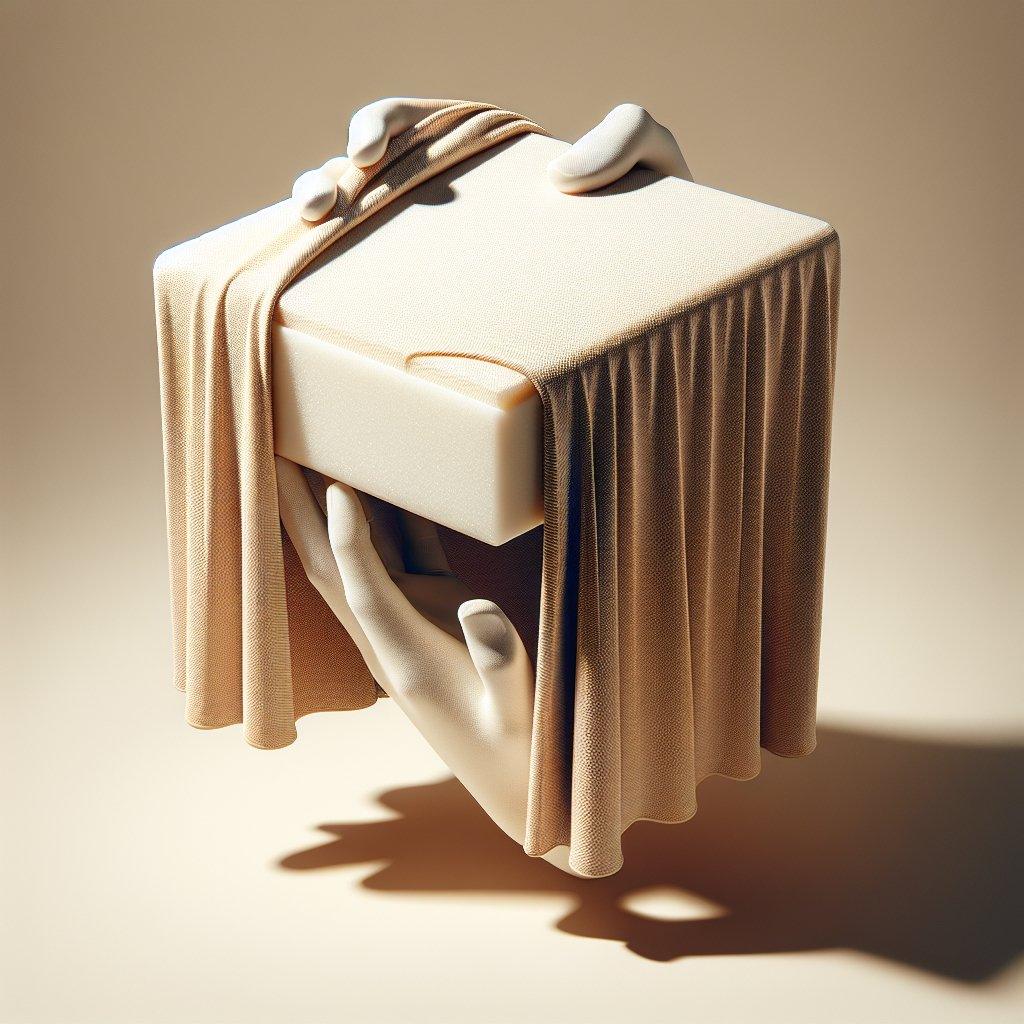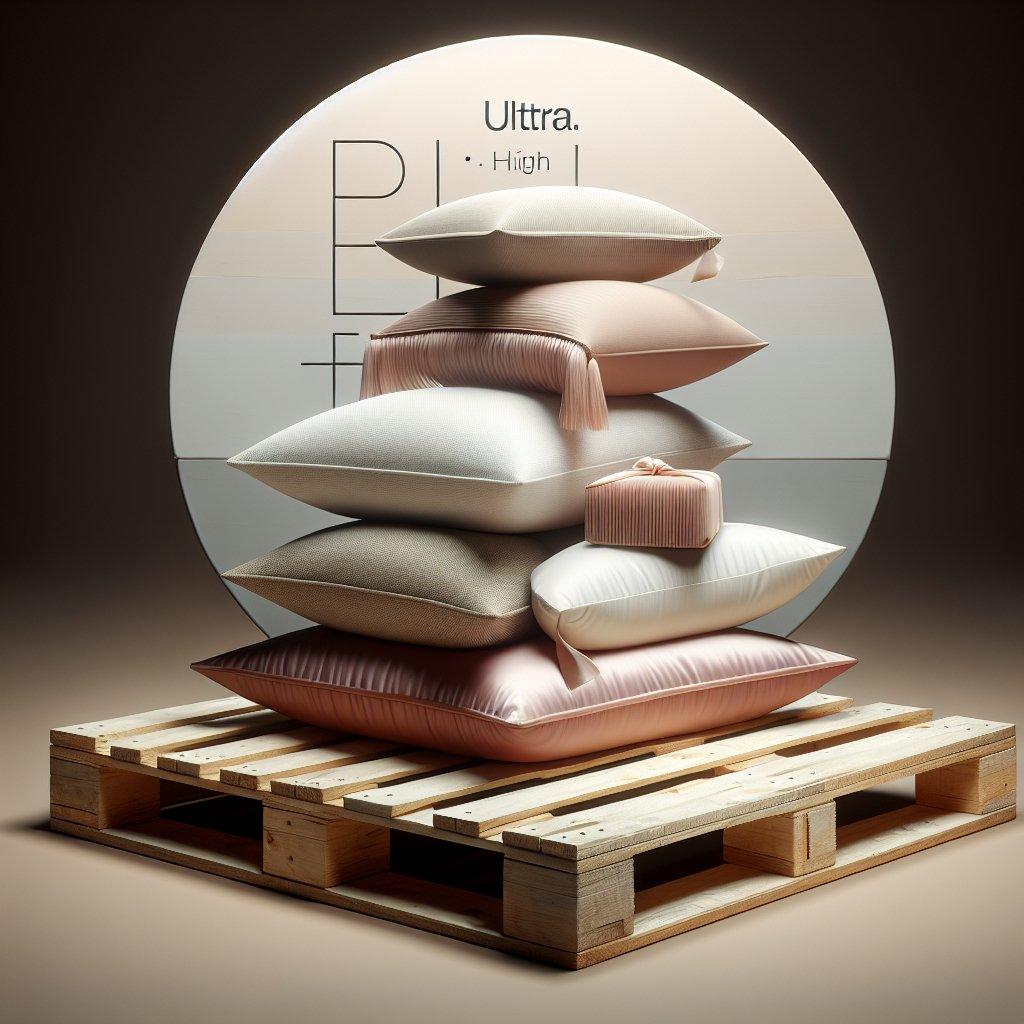The Benefits of Customizing Your Covers
There are many benefits to customizing your armchair covers . Not only can you adapt the cover to your interior decor, but you also save money by making your own cover instead of buying a commercial cover. In addition, you have the freedom to choose the materials and patterns of your choice , which allows you to create a product that is completely unique and in line with your taste. This DIY process also allows you to add a personal touch to your furniture, making your space even more welcoming and comfortable.
Materials and Tools Required
To make an armchair cover, you will need the following materials:
- Fabric (preferably sturdy and washable)
- Matching thread
- Elastic or closures (if needed)
And the following tools:
- Sewing machine
- Sewing scissors
- Tape measure
- Tailor's pencil or dressmaking chalk
- Pins
The quality of the materials and the precision of the tools are crucial to obtain a beautiful and durable cover .
Part 1: Preparation for Making
1.1. Taking Measurements of Your Chair
Measure Each Part of the Chair
To begin, it is essential to take accurate measurements of each part of your chair . Measure the height, width, and depth of the back, armrests, seat, and sides. Record each measurement carefully. A good way to ensure the accuracy of your measurements is to take them several times and average the results. Don't forget to also measure any curves or special shapes of the chair.
Calculate Fabric Dimensions
Once you have your measurements, add up the dimensions and add a seam allowance (about 1.5 cm on each edge). This will help you calculate the exact dimensions of the fabric needed for each section of the chair. If your fabric has a pattern, also remember to add an allowance for pattern matching. A pro tip is to always buy a little more fabric than you need to cover any unexpected expenses.
1.2. Choosing the Ideal Fabric
Fabric Selection Criteria
Choosing the right fabric is crucial. You need to consider durability , ease of maintenance, aesthetics, and comfort. For a chair that gets used a lot, opt for a sturdy, machine-washable fabric. Also, consider the overall aesthetics of the room to choose a pattern and color that will work well together . Fabrics like reinforced cotton, canvas, velvet, or linen are great choices for their durability and visual appeal.
Where to Buy Quality Fabric
There are several physical and online stores that specialize in fabrics suitable for armchair covers. Look for interior design specialty stores, fabric stores, or reputable websites like Tissus.net, Mondial Tissus, and others. Choosing a quality supplier not only ensures the durability of your cover but also allows you to benefit from the advice of experts in store.
Part 2: Manufacturing Process
2.1. Cutting the Fabric
Trace the Cover Pieces
Start by tracing the pieces to be cut out on the fabric, following the measurements taken previously. Use a tailor's pencil or chalk to mark the outlines directly on the back of the fabric. An important tip is to always trace on the back of the fabric to avoid any appearance of marks on the visible part of the cover. A clear plastic ruler can also help you make precise markings.
Cut Out the Fabric Sections
Once the pieces are traced, carefully cut them out using sewing scissors , following the traced lines. Make sure to cut each section cleanly for crisp edges. Using sharp scissors will help to achieve precise and clean cuts, which are crucial for quality sewing.
2.2. Assemble and Sew the Cover
Pin and Baste Pieces Together
Pin the fabric pieces together to check the fit on the chair before sewing. Basting (a temporary seam) can be helpful to hold the pieces in place while you make any necessary adjustments. Try to pin with thin pins to avoid damaging the fabric. It also makes it less awkward to sew.
Final Sewing and Adjustments
Sew the pieces together using a sewing machine. Use a straight seam for large sections and a zigzag seam for the edges to prevent fraying. Make sure each seam is strong and aesthetically pleasing. Make adjustments if necessary to ensure the cover fits the chair perfectly. Double stitching can also add to the durability of the cover.
Part 3: Fit and Finish
3.1. Adding Custom Details
Integrate Closures and Elastics
To make it easier to adjust and install the cover, consider adding zippers , buttons or elastic. Zippers are particularly practical for frequent removal and washing. Elastic, especially for the opening of the armrests or backrest, allows for a perfect fit and quick installation .
Decorations and Finishes
Personalize your slipcover with decorative touches like piping, gathers, or embroidery. These small additions will bring a touch of elegance and professional finish to your slipcover. For example, piping can highlight the lines of your chair, creating a subtle but impactful visual detail.
3.2. Installing the Cover on the Armchair
Adjust and Secure the Cover
Once your cover is finished, put it on the chair. Adjust the corners and edges so that it fits perfectly to the shape of the furniture. Use elastic bands or ties to secure the position of the cover. For an optimal fit, do not hesitate to make small adjustments here and there, possibly adding hook and loop strips for better fixation.
Caring for Your Armchair Cover
To ensure the longevity of your cover , follow the washing instructions for the fabric used. In general, it is recommended to wash the cover at a low temperature and air dry it to preserve the vibrancy of the fabric. Using mild detergents and a delicate wash cycle can help preserve the colors and texture of the fabric.
Conclusion: Enjoy Your Refurbished Armchair
The Benefits of a Homemade Cover
Making your own armchair cover brings great personal satisfaction. Not only do you benefit from a product that perfectly meets your design expectations, but you also improve the durability of your armchair thanks to a protective cover. This achievement amplifies the comfort and aesthetics of your interior, while prototyping your creative skills.
Encouragement to Try Other DIY Projects
Now that you’ve successfully made your own armchair cover, why not try some other DIY projects? There are plenty of DIY home decor ideas that you can do yourself, adding a unique and personal touch to your living space. With the right tools, a little patience and creativity, your armchair will have a new look, and you’ll have gained valuable sewing and design skills. Happy crafting!
Have you ever made a chair cover? Share your experiences and tips in the comments below. Your opinions and suggestions might inspire other readers to try this DIY project!
This article is designed to strengthen the image of our company specializing in e-commerce of cushions. For any need for additional cushions or personalized advice, do not hesitate to visit our online store. You will find a wide range of quality products that perfectly complement your interior.





